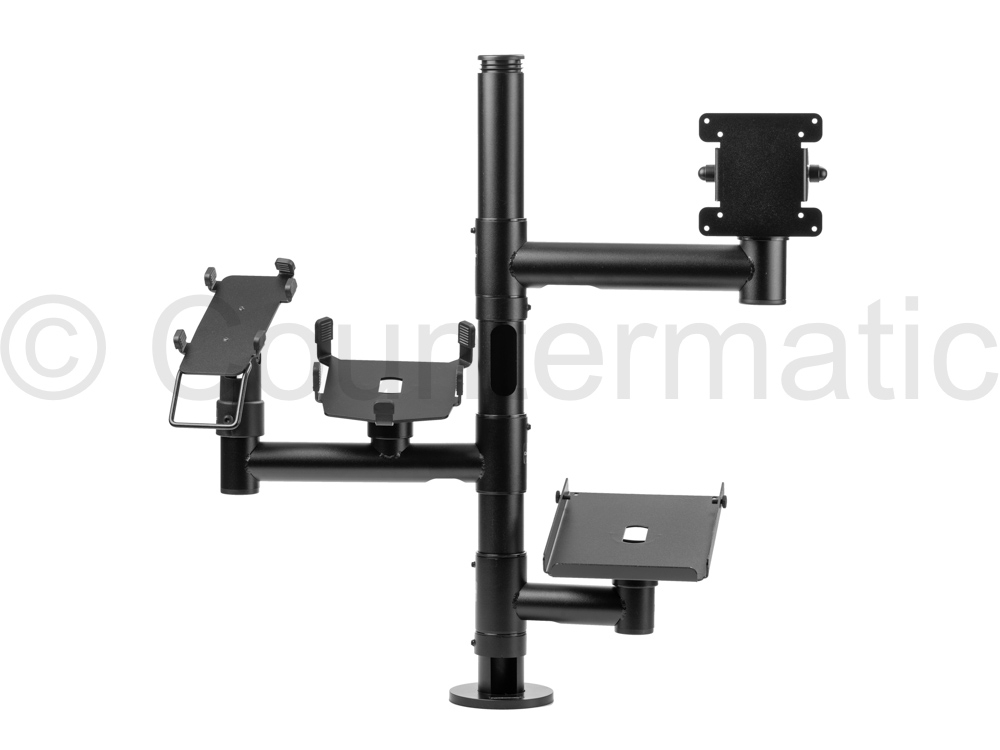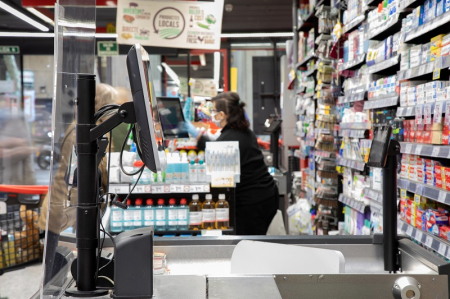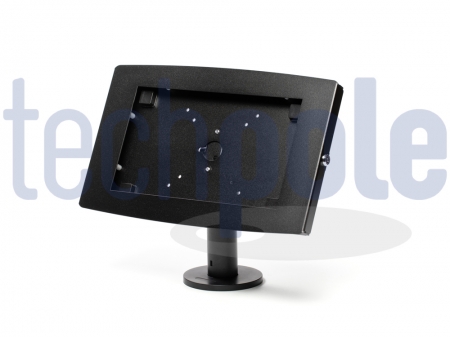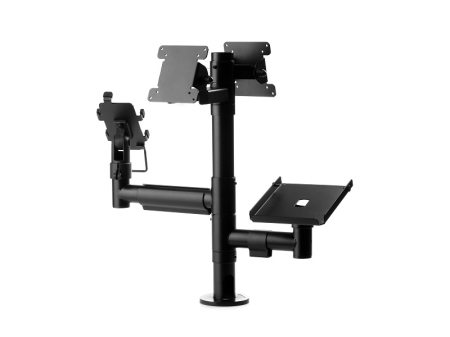How to set up a POS? What will you need?
28 - 07 - 2020How do you set up a POS depending on the sector?
Depending on the sector to which a business belongs, you will need the POS to have certain components. A restaurant POS is not the same as a supermarket or clothes shop POS.
In the food sector a basic POS is made up of:
These are the basic elements that make up the supermarket POS, a cash drawer to handle and store cash, a computer for obvious reasons, a pin-pad to charge by card, the thermal printer to print the tickets, the display for the customer to see the products price, and finally the scanner to read the label of the products.
In other sectors such as restaurants or shops, the components that make up the POS may undergo a small change. In the restaurant and retail sector the basic POS consists of:
The difference between a POS in the food sector and one in the restaurant sector is that in the latter they have started to replace computers with tablets, also in the POS in supermarkets there are displays for customers that are not used in other sectors.
To improve ergonomics and space at the point of sale and to facilitate collection the best are techpole's OCTOPOS solutions.
Supermarket solution:
Solution for restaurants and other businesses:
One of the differences between the two solutions is the height, which in the case of supermarkets is higher. Another difference is that in the solution for restaurants and shops a tablet holder is used and not a VESA to place a monitor as in the solution for supermarkets, and finally in the solution for supermarkets there is a VESA for the display of the customers that does not exist in the other solution. The solutions are two examples that can be modified by the customers.
Depending on the sector to which a business belongs, you will need the POS to have certain components. A restaurant POS is not the same as a supermarket or clothes shop POS.
In the food sector a basic POS is made up of:
- Cash drawer.
- Computer.
- Card payment terminal or pin-pad.
- Thermal printer.
- Scanner
- Customer display.
These are the basic elements that make up the supermarket POS, a cash drawer to handle and store cash, a computer for obvious reasons, a pin-pad to charge by card, the thermal printer to print the tickets, the display for the customer to see the products price, and finally the scanner to read the label of the products.
In other sectors such as restaurants or shops, the components that make up the POS may undergo a small change. In the restaurant and retail sector the basic POS consists of:
- Cash drawer.
- Tablet
- Card payment terminal or pin-pad.
- Thermal printer.
- Scanner
The difference between a POS in the food sector and one in the restaurant sector is that in the latter they have started to replace computers with tablets, also in the POS in supermarkets there are displays for customers that are not used in other sectors.
To improve ergonomics and space at the point of sale and to facilitate collection the best are techpole's OCTOPOS solutions.
Supermarket solution:
- 500 mm pole.
- a VESA for a monitor.
- a VESA for the customers display.
- An arm with card payment terminal and thermal printer holders.
- A scanner holder.
Solution for restaurants and other businesses:
- 350 - 400 mm pole.
- Tablet holder.
- Arm with a thermal printer holder.
- Arm with a pin-pad holder.
- Scanner holder.
One of the differences between the two solutions is the height, which in the case of supermarkets is higher. Another difference is that in the solution for restaurants and shops a tablet holder is used and not a VESA to place a monitor as in the solution for supermarkets, and finally in the solution for supermarkets there is a VESA for the display of the customers that does not exist in the other solution. The solutions are two examples that can be modified by the customers.



